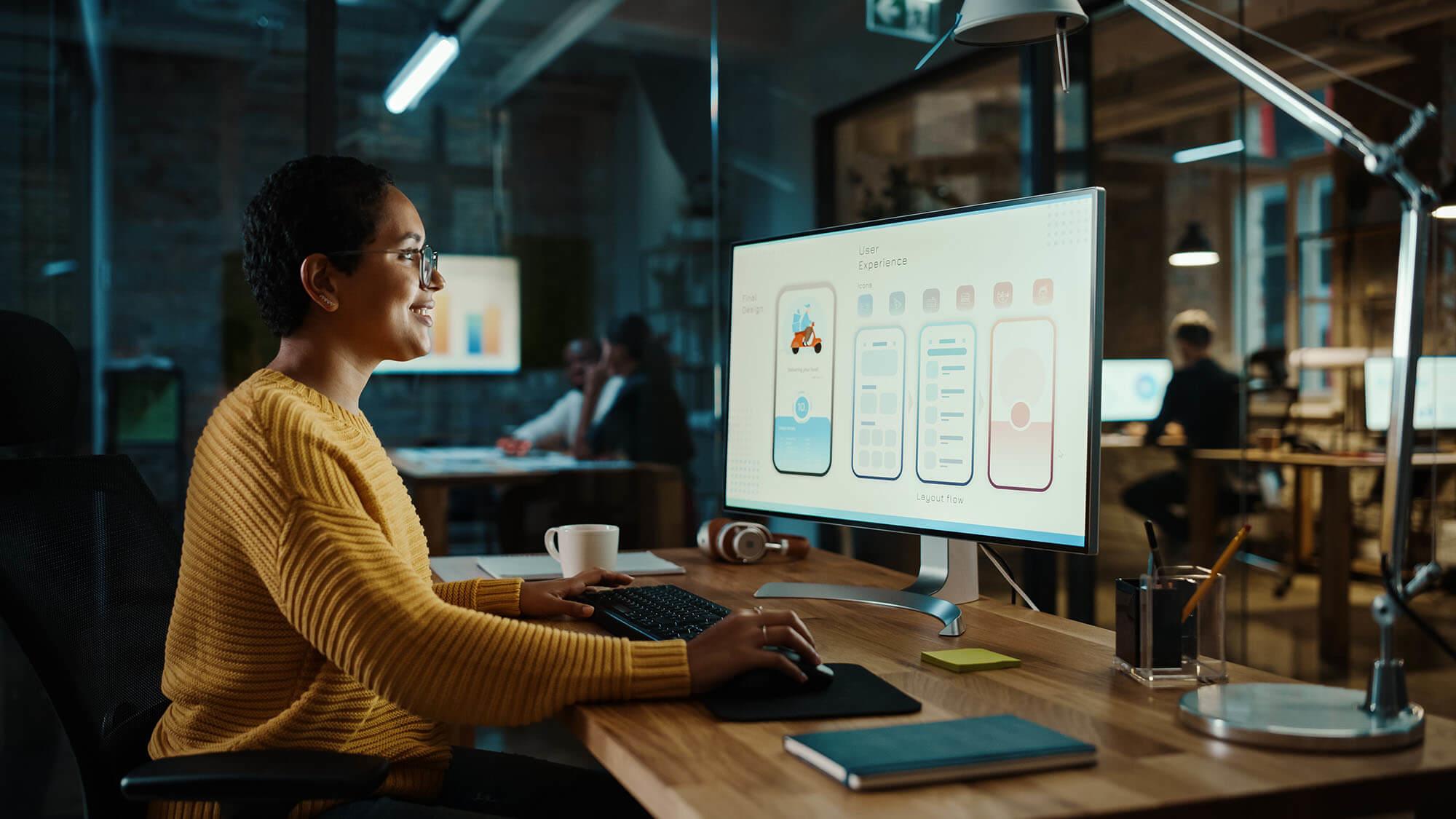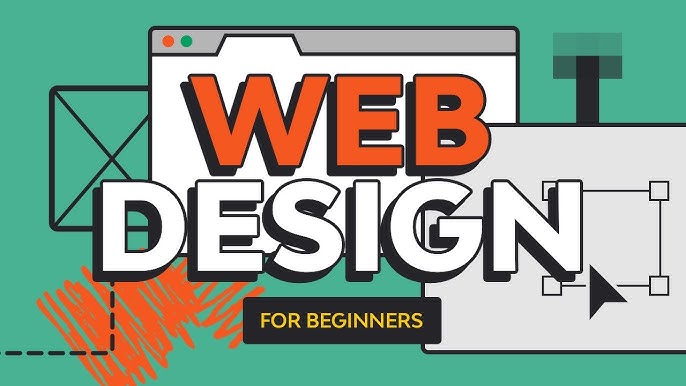The Most Effective Kinds Of Website Design to Improve Individual Experience and Interaction
In the ever-evolving landscape of electronic interaction, the efficiency of website design dramatically influences user experience and engagement. Different layout methods, such as minimal, receptive, and interactive designs, each offer distinct advantages that can deal with varied individual requirements. Understanding which types of Web design finest offer these purposes can be crucial for businesses aiming to improve consumer satisfaction and retention. However, the question stays: which layout elements genuinely reverberate with individuals and foster significant engagement? The exploration of these principles reveals critical insights that might redefine your strategy to website design.
Minimal Website Design
As digital landscapes end up being significantly chaotic, minimalist Web design has arised as an effective approach to improving user experience. This style viewpoint focuses on simplicity, concentrating on vital aspects while eliminating unneeded diversions. By utilizing adequate white area, uncomplicated navigation, and a restricted color palette, minimalist style cultivates clarity and directs individual interest to crucial material.
The core principle of minimalist Web design is to produce a seamless interaction for individuals. By minimizing cognitive lots, users can promptly grasp information without feeling overwhelmed. This straight strategy not only boosts usability but additionally urges involvement, as visitors are more probable to explore a site that is simple and aesthetically appealing to navigate.
Furthermore, minimal layout frequently stresses typography and imagery, utilizing these components strategically to share messages successfully. In essence, minimal Web design is not simply a fad; it is a thoughtful approach that identifies the importance of user-centered layout.
Responsive Website Design
In today's varied digital environment, responsive Web style has come to be crucial for producing a smooth individual experience throughout a multitude of tools. As individuals access internet sites on smartphones, laptops, tablets, and desktops, the capability of a web site to adapt its layout and material to different display sizes and resolutions is critical.
Receptive Web design employs flexible grids, pictures, and CSS media inquiries to guarantee that Web material is offered optimally, no matter of the device utilized. This technique not only enhances the aesthetic appeal of an internet site yet additionally substantially boosts usability. Users are most likely to involve with a website that provides a regular experience, as it gets rid of the irritation of needing to zoom in or scroll excessively.
By adopting receptive style, organizations can enhance their visibility and reach a more comprehensive target market. In recap, receptive Web style is a basic practice that improves user experience, involvement, and general complete satisfaction.
Interactive Website Design
Receptive website design lays the foundation for boosting individual experience, however interactive website design takes this an action even more by engaging individuals in an extra dynamic way - Aligned Position Web Design. By integrating aspects such as computer animations, clickable prototypes, and real-time comments, interactive Web design astounds customers, drawing them right into a richer browsing experience
This method not only promotes interaction however also encourages customers to explore content proactively instead of passively consuming it. Strategies such as gamification, where users make rewards for completing tasks, can dramatically enhance the moment invested in a website and enhance overall fulfillment. Furthermore, interactive attributes can simplify intricate info, making it much more digestible and satisfying.

Including interactive style elements can likewise result in higher conversion prices, as customers are extra most likely to involve with a website that proactively includes them. Aligned Position Web Design. Eventually, interactive website design transforms user experiences into unforgettable trips, guaranteeing that site visitors return time click now after time
Apartment Design
Defined by its minimalistic strategy, level design stresses simplicity and capability, removing away unneeded elements and focusing on necessary features. This style viewpoint focuses on use, guaranteeing that individuals can browse interfaces easily and efficiency. By employing a tidy visual, flat layout gets rid of the clutter frequently discovered in more elaborate styles, thus boosting user concentrate on web content and functionality.
The characteristic of level design depends on its use vibrant shades, straightforward typography, and geometric shapes. These aspects add to an aesthetically appealing interface that is both friendly and modern-day. Additionally, level style promotes a feeling of clarity, permitting customers to determine essential activities and info without diversion.
Moreover, flat style is particularly reliable in receptive Web style, as its simplicity converts well across numerous devices and display dimensions. By focusing on important attributes, level design not only fulfills individual demands however additionally urges smooth interaction, making it a vital element of effective Web design methods.
Flexible Website Design
Adaptive Web style personalizes the individual experience by producing numerous dealt with formats tailored to various screen dimensions and tools. Unlike receptive style, which fluidly readjusts a solitary format, flexible style utilizes unique layouts for certain breakpoints, making certain optimum presentation on numerous systems. This approach enables developers to concentrate on the one-of-a-kind features of each gadget, improving functionality by delivering precisely what customers require based upon their context.
Among the key benefits of flexible website design is its ability to maximize lots times and efficiency. By serving tailored content and pictures that fit the individual's tool, internet sites can reduce data usage and improve loading speeds. This is especially helpful for customers with slower links or limited information strategies.

Additionally, adaptive design promotes a more regulated and regular branding experience. Because developers create read the article multiple formats, they can ensure that the aesthetic aspects align with the brand name's identity throughout various platforms - Aligned Position Web Design. This results in a natural customer experience, enhancing engagement and promoting individual retention
Final Thought
Finally, the integration of minimalist, responsive, and interactive website design principles significantly enhances individual experience and interaction. Minimalist layout cultivates quality and emphasis, while responsive design guarantees flexibility throughout various gadgets, promoting access. Interactive style mesmerizes individuals via dynamic elements, motivating exploration and customization. Collectively, these design comes close to contribute to the creation of browse around this web-site straightforward settings that not only enhance complete satisfaction however likewise drive greater conversion prices, underscoring their critical value in contemporary Web layout approaches.

Minimal layout fosters clearness and focus, while responsive layout makes certain flexibility across various tools, promoting accessibility. Jointly, these layout comes close to contribute to the development of user-friendly environments that not only boost contentment but likewise drive greater conversion prices, emphasizing their critical value in contemporary Web style techniques.